
View through the English Garden to the St. Johns River, c. 1958, the Cummer Museum of Art & Gardens Archives.
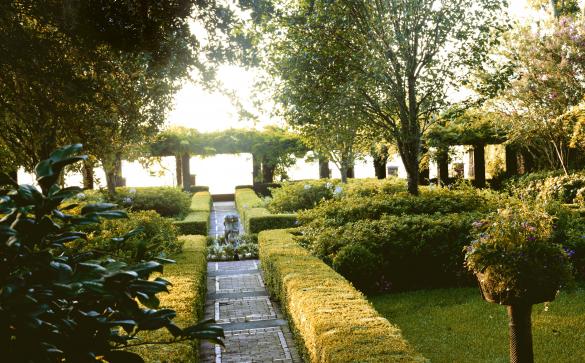
Center Walkway, English Garden, July 2005. Photograph courtesy of Mick Hales, Greenworld Pictures Inc.
About one year ago, The Cummer Museum Gardens were recognized in the National Register of Historic Places. Authorized by the National Historic Preservation Act of 1966, the National Park Service’s National Register of Historic Places is part of a national program to coordinate and support public and private efforts to identify, evaluate, and protect America’s historic and archeological resources. Since its inception in 1966, more than 80,000 properties have been listed in the National Register. Together these records hold information on more than 1.4 million individual resources–buildings, sites, districts, structures, and objects–and therefore provide a link to the country’s heritage at the national, state, and local levels.
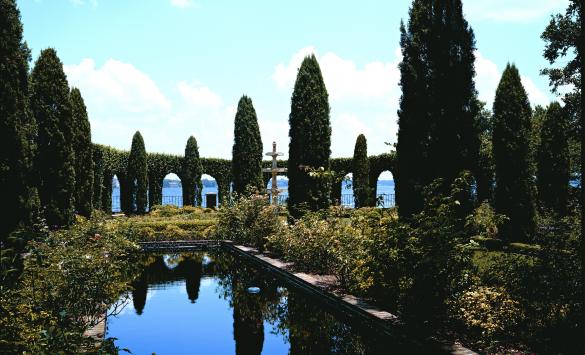
Reflecting Pool, Italian Garden, with Fountain and Gloriette in background, July 2005. Photograph courtesy of Mick Hales, Greenworld Pictures Inc.
“Being listed in the National Register of Historic Places is a wonderful legacy,” said Holly Keris, Cummer Curator. “Although The Cummer has recognized the significance of the Gardens for a long time, it is great to have others recognize it as well. It is fitting that the museum recently changed its mission statement to include the important role our Gardens can play “to engage and inspire” our community.”
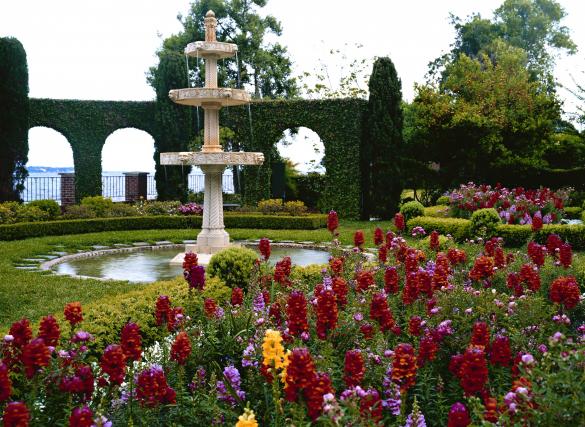
Fountain, recast in 2001 by Marble Studio Stagetti in Pietrasanta, Italy, April 2004. Photograph courtesy of Mick Hales, Greenworld Pictures Inc.
The Cummer Gardens are unique examples of early 20th century garden design and many important landscape architects played significant roles in their development. Among them were Ossian Cole Simonds, a prominent Midwestern landscape architect who gave the preliminary form to The Cummer Gardens in 1903; Thomas Meehan and Sons, a Philadelphia firm that designed the formal Gardens; Ellen Biddle Shipman, the “Dean of American Women Landscape Architects,” designed the Italian Gardens; and the fabled Olmsted Firm of Massachusetts, which was involved in later phases of landscape improvements.
Please stop by and enjoy the serenity, beauty, and historical significance of our Gardens.

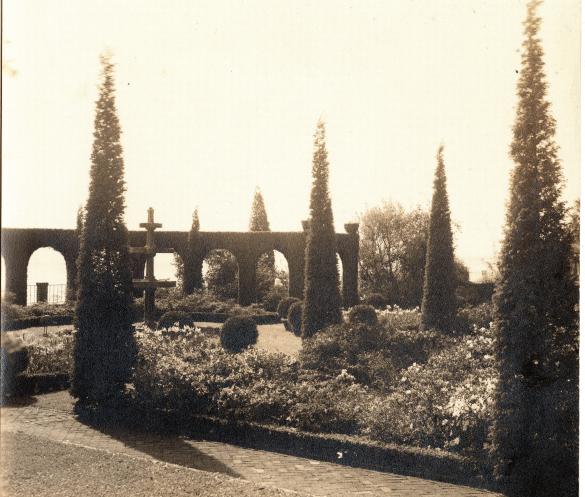
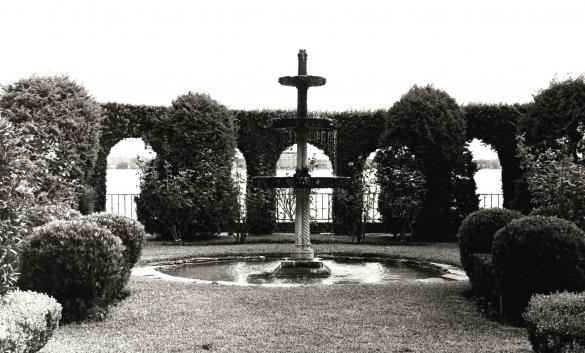


Protect your Samsung Galaxy Note 4 with our Samsung Galaxy Note 4 Case. This case covers back, sides and corners of your Galaxy Note 4 with an impact.